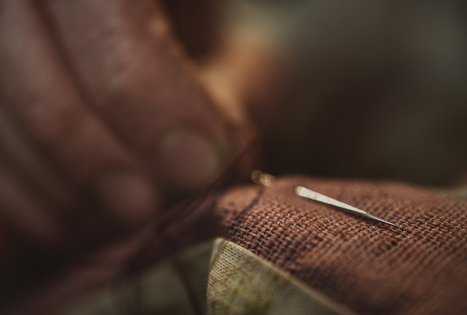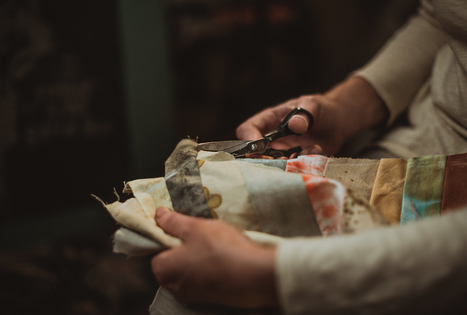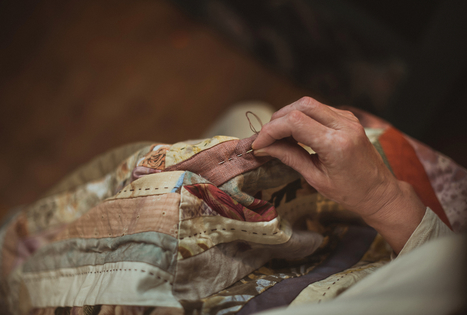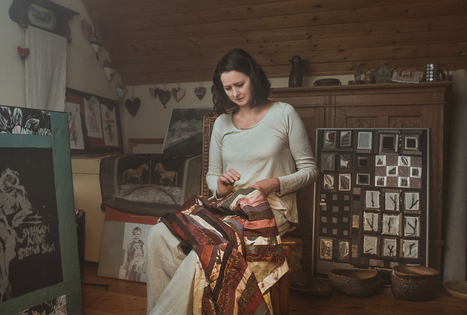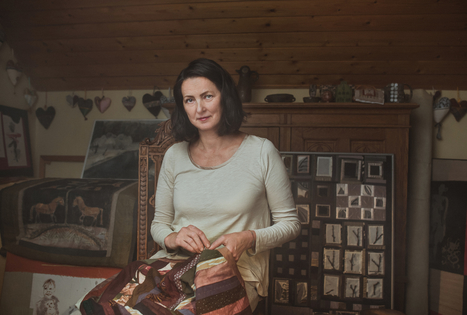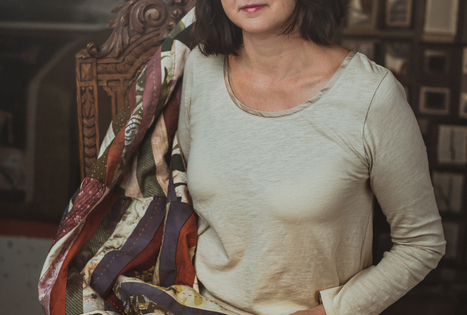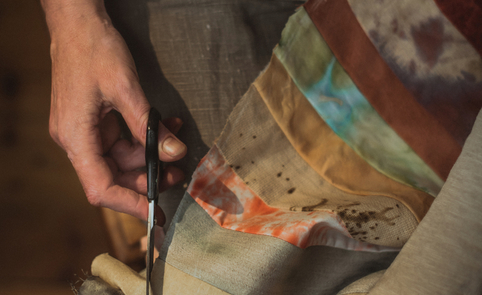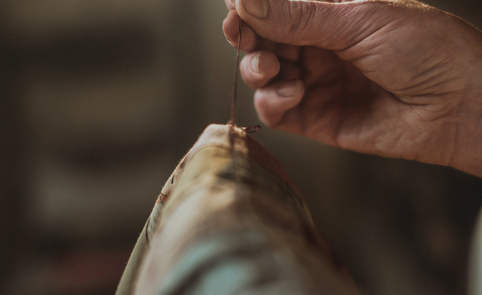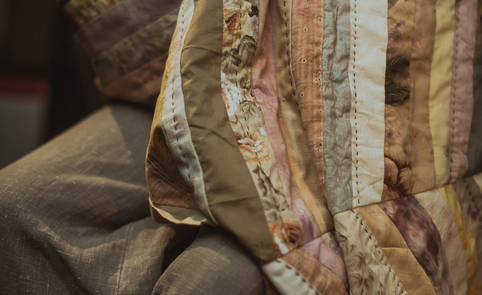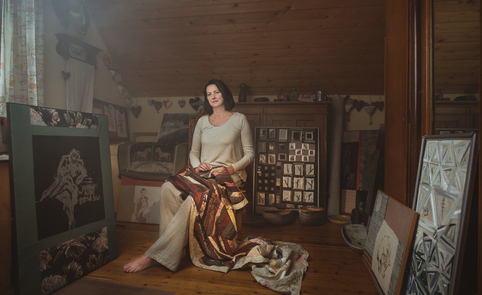The tailor’s trade has always been one of the most in demand. At one time, it was the main trade that clothed people, and it has always dressed people with money and status.
From a bone needle to a machine
No one knows when the craft of sewing emerged, but it is believed that the origins of sewing go back more than 20,000 years. Initially, animal sinew and needles made from bone were used as the work tools.
Later, sewing needles were made of copper, silver or bronze – they were thick and heavy, only suitable for sewing large pieces of fabric or leather. Perfectly slender and sturdy steel needles were brought to Europe in the 11th century by the Arabs, who ruled Spain at the time. The Arab craftsmen knew new methods of melting steel and were producing high-quality metal products at the renowned Damascus and Toledo blacksmithing centres and distributing them throughout Europe.
Sewing gradually began to improve. In the 12th century, the Dutch invented the first thimble. This made it possible to sew increasingly sophisticated clothing. The invention of scissors in the beginning of the 14th century was another huge leap in the field. And the history of sewing machines that began in the mid-18th century revolutionised the craft.
The craft of sewing in Lithuania
Even in the Grand Duchy of Lithuania, tailors were well-known craftsmen. They were often called kriaučiai. These craftsmen used to be frequent guests at the homes of peasants. They would come around almost every year, staying with large families for a few weeks at a time while they made clothes for everyone. The tailor was usually invited to come in the winter, when the peasants had more free time. People used to ask that woollen clothes be sewn under a waning moon (to keep the moths away), and that wedding clothes be sewn when the sun was out, so that life would be bright.
Sewing was one of the most popular crafts in Lithuania during the interwar period. During that time, ready-made garments were not sold, except for semi-finished clothes – cut garments. Each village therefore had its own tailor, and larger towns and cities had relatively large tailor shops. Clothes and textiles were taken care of, repaired and re-sewn, since getting new material was very difficult.
Quality and exclusivity
Tailors choose materials carefully, taking the needs into careful consideration. When choosing thread, they have to consider not only how the colour goes with the fabric, but also the thickness and function. Some threads are used for decoration only, some are for easier stitching, and others are for sewing.
For many, sewing has become an interesting, meaningful and creative hobby. This is because sewing or altering clothes to make them as unique and interesting as possible is becoming increasingly popular. Today, the abundance of sewing supplies can surprise anyone. There are also many books that teach different sewing techniques.
Stacks of clothes of different patterns, materials and styles on store shelves are commonplace. Fast fashion – a well-known phenomenon of our time – allows people to change their style frequently and cheaply, but today, only tailors can satisfy the needs of people looking for quality and exclusivity.
There are currently 15 certified sewing artisans in Lithuania. With the increasing popularity of handicraft educational programmes, there are many classes that teach you how to sew. During the various classes, people are taught the most elementary sewing basics, like how to sew a garment or other item.


